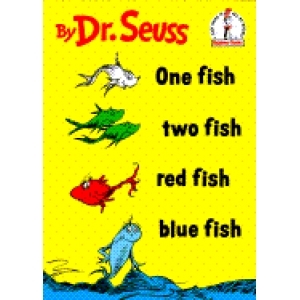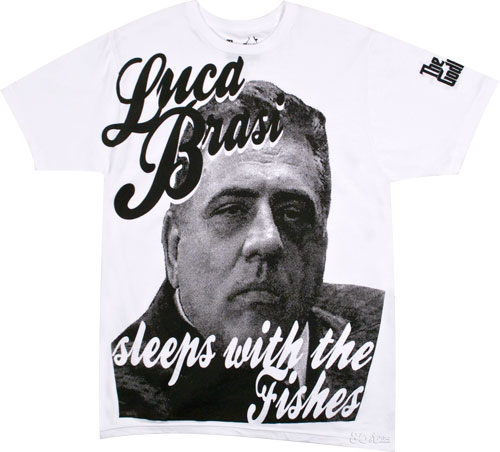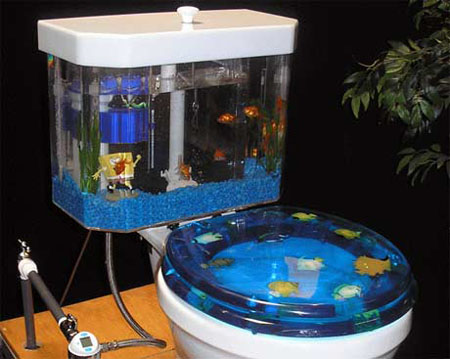I’ve written extensively about the salmonella-related dangers of kissing pet turtles during my time as an emotionally-vacant adolescent.
 Martin Armstrong, a member of the Fisheries Advisory Council, a life member in Trout Unlimited and a member of the Outdoor Writers Association of America, asks in The Advocate, ever watch a competitive angler on TV kiss a big fish that he just caught?
Martin Armstrong, a member of the Fisheries Advisory Council, a life member in Trout Unlimited and a member of the Outdoor Writers Association of America, asks in The Advocate, ever watch a competitive angler on TV kiss a big fish that he just caught?
Did you ever kiss a big fish that made your day or, better yet, win a party boat pool?
Well, when you kiss that big fish you are risking contracting a bothersome intestinal parasite.
Giardiasis is a diarrheal illness caused by a microscopic parasite, Giardia intestinalis (also known as Giardia lamblia or Giardia duodenalis). Once a person or animal has been infected with Giardia, the parasite lives in the intestine and is passed in feces. Because an outer shell protects the parasite, it can survive outside the body and in the environment for long periods of time — often several months or even a year or more.

 I love fish, and would eat it at every meal if I could. But I know quite a few people that can’t stand it. Some claim the smell, it’s so…. fishy. Why eat fish in the first place? According to the
I love fish, and would eat it at every meal if I could. But I know quite a few people that can’t stand it. Some claim the smell, it’s so…. fishy. Why eat fish in the first place? According to the  Now the
Now the .jpg) Christine Anthony, spokeswoman for the department, said it’s impossible to sanitize the live fish.
Christine Anthony, spokeswoman for the department, said it’s impossible to sanitize the live fish.  I’ve just started my first year of
I’ve just started my first year of 

 Local health inspectors may have a new task to add to their burgeoning workload: inspecting salons that offer pedicures in tanks filled with toothless fish that nibble away at dead skin.
Local health inspectors may have a new task to add to their burgeoning workload: inspecting salons that offer pedicures in tanks filled with toothless fish that nibble away at dead skin. 
 Michelle Mazur is a first-year veterinary student at Kansas State University, hailing from Wichita, Kansas. She is an avid dog lover, a crafty seamstress, and a bit of a workaholic. She recently spent
Michelle Mazur is a first-year veterinary student at Kansas State University, hailing from Wichita, Kansas. She is an avid dog lover, a crafty seamstress, and a bit of a workaholic. She recently spent  Dr. Emily Oken of Harvard Medical School in Boston and her colleagues reported in the May 15 issue of the
Dr. Emily Oken of Harvard Medical School in Boston and her colleagues reported in the May 15 issue of the  A study by the Australian Institute of Criminology warns that thieves – including bikie gangs – are exploiting national parks in New South Wales by using illegal divers and families using the guise of indigenous hunting.
A study by the Australian Institute of Criminology warns that thieves – including bikie gangs – are exploiting national parks in New South Wales by using illegal divers and families using the guise of indigenous hunting. 
 The restaurant says the fish are not in any danger and that the water is running and staff change the water at least twice a day and add oxygen into the water much like a regular fish tank.
The restaurant says the fish are not in any danger and that the water is running and staff change the water at least twice a day and add oxygen into the water much like a regular fish tank.